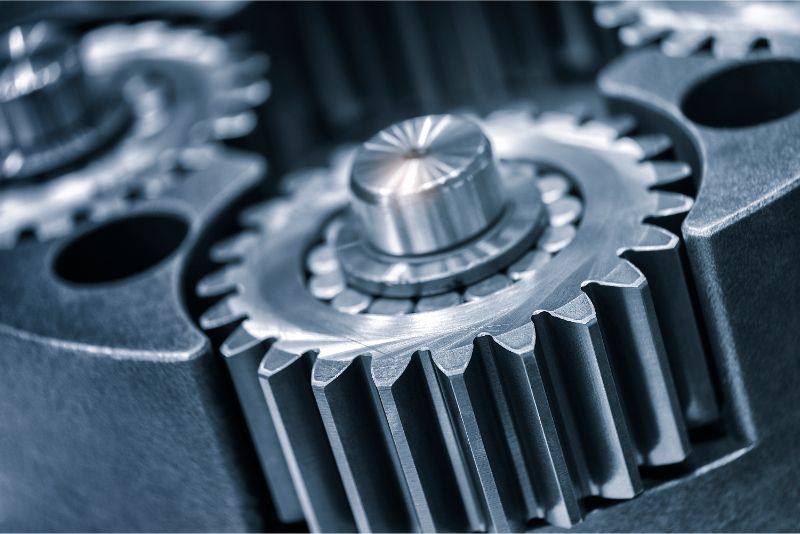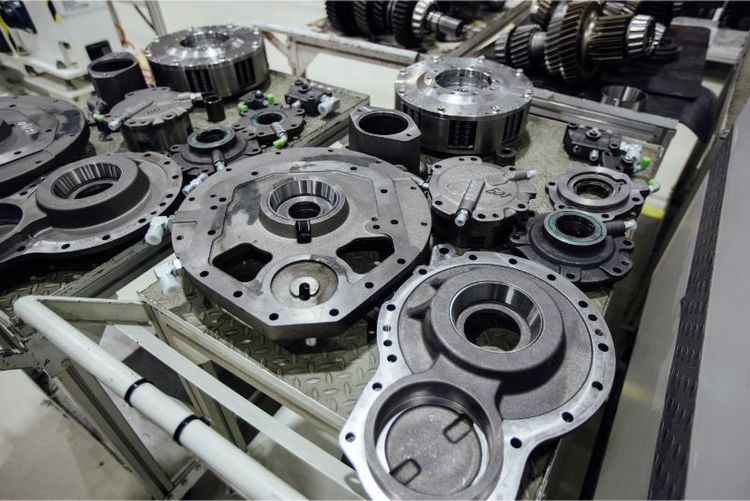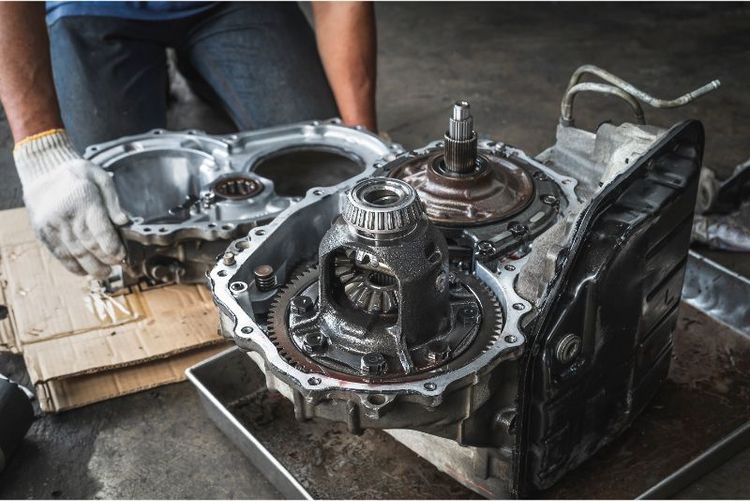4. Select the appropriate alloy steel
Alloying steel with other elements, such as chromium, molybdenum, and nickel, can enhance its properties, making it better suited for specific applications. Here are some common alloy steels used in engine and transmission components:
This steel is widely used for high-stress components such as crankshafts, connecting rods, and gears. Chromium improves hardness and wear resistance, while molybdenum increases strength and toughness. Cr-Mo steel also has good heat resistance, making it ideal for components subjected to high temperatures and mechanical loads.
Ni-Cr steel offers excellent toughness and fatigue resistance, making it a suitable choice for gears, camshafts, and transmission shafts. Nickel improves toughness, while chromium increases wear resistance. Ni-Cr steel also responds well to heat treatment, further enhancing its mechanical properties.
For components exposed to corrosion and high temperatures, such as exhaust valves and turbocharger components, stainless steel is a preferred choice. It offers excellent corrosion resistance and maintains its strength and durability at elevated temperatures. Types like 316L stainless steel are commonly used in these applications.
C-Mn steel is known for its excellent wear resistance and toughness. It is often used in components like gears and cylinder liners that require a balance of strength and wear resistance. It also responds well to heat treatments, which can further improve its mechanical properties.
5. Evaluate cost and availability
While high-alloy steels offer superior performance, MSMEs must also consider the cost-effectiveness of the materials. Carbon-manganese steels or lower-alloy steels may provide an adequate balance of performance and cost for many applications.
Moreover, ensuring that the steel grades are readily available through reliable suppliers, such as the JSW One platform, can help MSMEs streamline procurement and reduce lead times.
6. Review specific applications of steel in engine and transmission components
Crankshafts must endure high torsional loads and cyclic stresses. Cr-Mo steel or Ni-Cr steel is typically used for crankshafts due to their strength, toughness, and fatigue resistance. These steels are often heat-treated to enhance hardness and durability.
Connecting rods face significant compressive and tensile forces, making C-Mn steel or Cr-Mo steel ideal for their construction. Heat treatment further increases their fatigue resistance and ensures long-term performance under high loads.
Transmission gears are constantly exposed to friction, torque, and impact. Surface-hardened Ni-Cr steel or C-Mn steel is commonly used, as it offers excellent wear resistance while maintaining core toughness.
Exhaust valves are subjected to extreme temperatures and corrosive gases, making stainless steel the best choice. 316L stainless steel is a popular option, known for its corrosion resistance and ability to withstand high temperatures. For valve seats, surface-hardened steel ensures a durable seal and prolonged lifespan.
Cylinder liners need to resist wear from friction and the high temperatures generated by combustion. C-Mn steel, with its excellent wear resistance and toughness, is frequently used for this application. Heat-treated C-Mn steel ensures a long-lasting liner that minimises wear over time.






 +91 7208055523
+91 7208055523
 Help & support
Help & support
